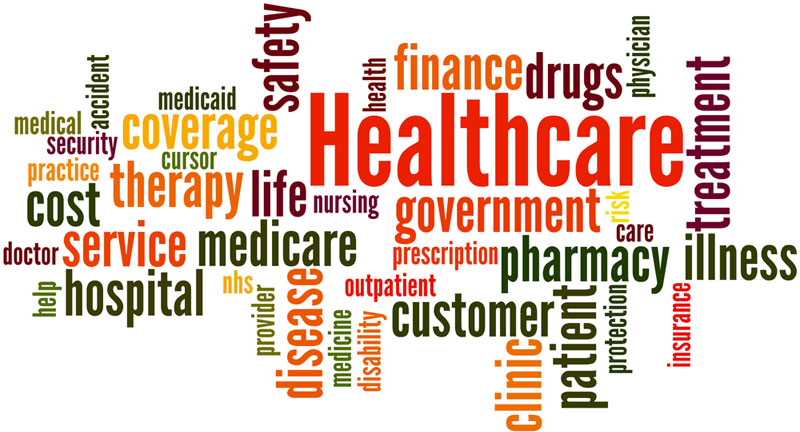
Over the years, the language and the ethos when it comes to the NHS have been moving closer to the memes of the private sector. With the rise of patient empowerment, a new dynamic is being established whereby patients are re-categorised as consumers with a voice, and a choice, and an influence.
It’s certainly influenced healthcare marketing campaigns, whether directly for the NHS or for products and services accessed through its doors. In many ways, the planning process is indistinguishable from any other consumer campaign (and rightly so – we’re all people, at the end of the day).
However there is one big difference when it comes to targeting, and it’s exemplified by the various campaigns promoting cancer screening, something I was reminded of by the current campaign on ITV’s This Morning promoting cervical cancer screening.
With all of these campaigns, the challenge for the NHS is not to start with the low-hanging fruit beloved of private sector marketers, but instead to aim for those on the very highest branches. Because with NHS cancer screening targeting, there is a kernel of incredibly strong resistance – people who, through fear or denial, or cultural influence, simply do not want to put themselves forward for screening.

In a pure consumer campaign, we’d play the numbers – we’d concentrate on ‘the persuadables’ in the middle and accept that there will always be some people you’ll never get through to.
But in the context of screening, that’s a strategy that the NHS simply can’t afford to follow.
The start point, of course, is understanding. Crucially the messages that work for the majority often don't work for the hard to reach: they are adept at ignoring them. So we have to put even greater effort into identifying the route in. Having worked with the NHS on obesity services, mental health and indeed cervical screening, I know that its easier said than done, but there are few communications challenges as rewarding, or as important.





